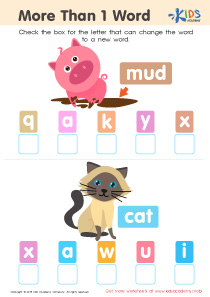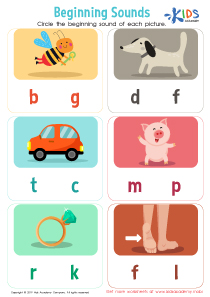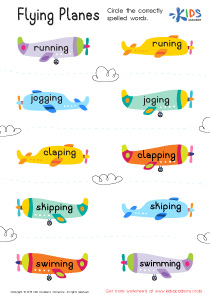Ending Sounds Worksheets for Ages 5-8
7 filtered results
-
From - To
Explore our engaging Ending Sounds Worksheets designed specifically for ages 5-8! Perfect for early learners, these worksheets help children develop essential phonemic awareness by focusing on the final sounds in words. Using fun illustrations and interactive activities, young learners will enhance their reading and spelling skills effortlessly. Our user-friendly format supports independent learning, allowing students to practice at their own pace. Whether used in the classroom or at home, these worksheets make learning enjoyable and effective. Download your free copies today and watch your child's confidence soar as they master ending sounds in a playful and engaging way!
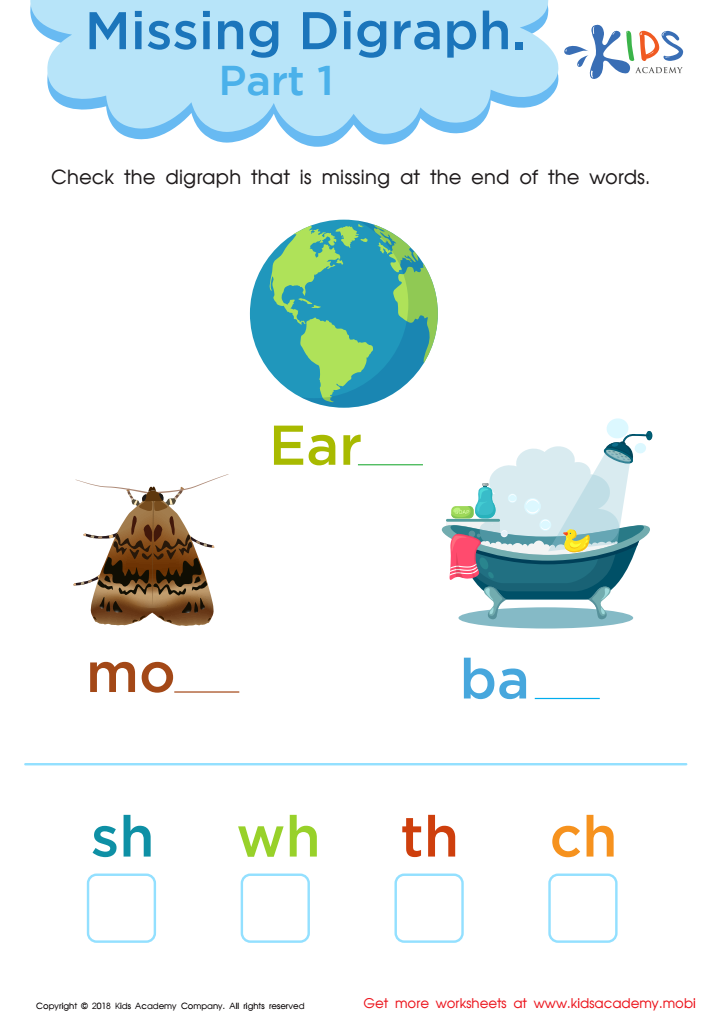

Missing Digraph: Part 1 Worksheet
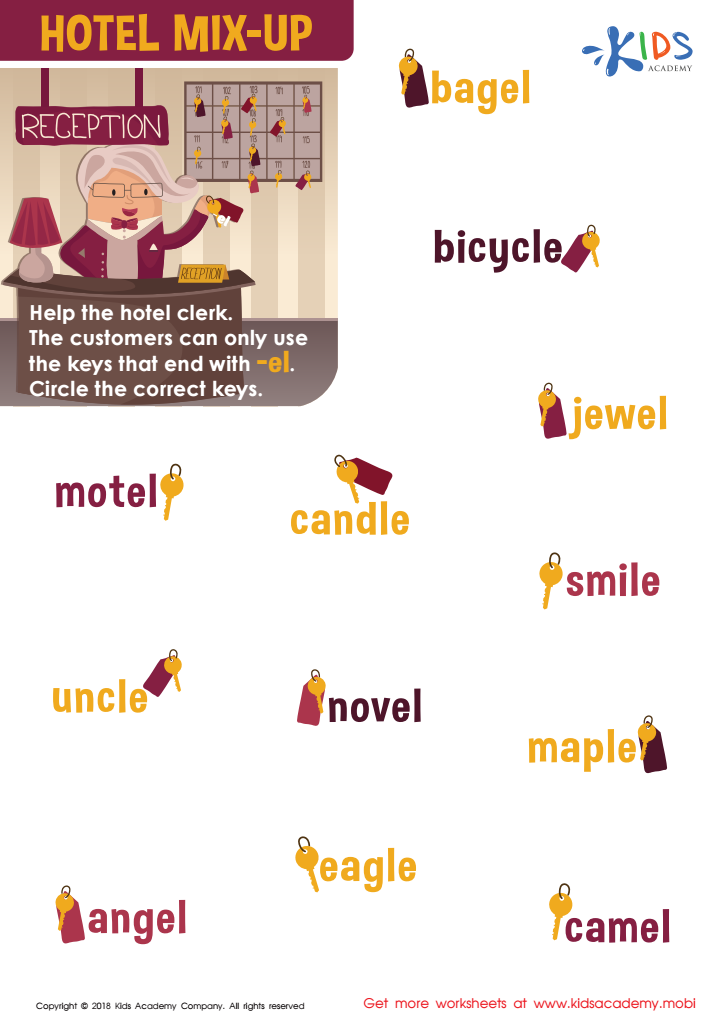

Hotel Mix-up Worksheet
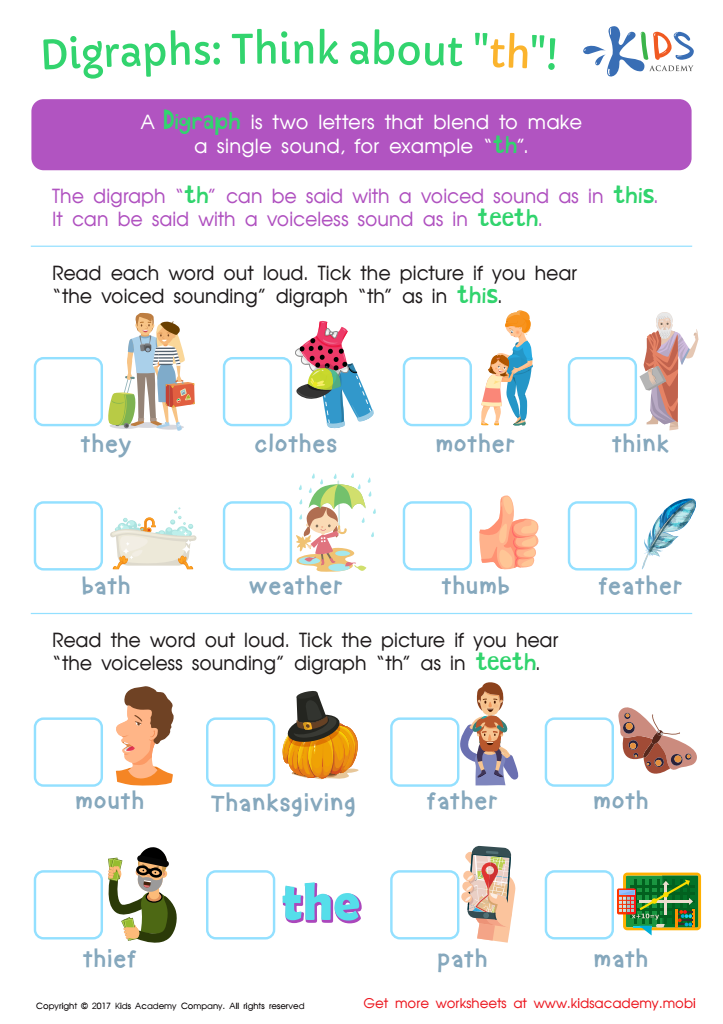

Digraphs: Think About "th" Worksheet
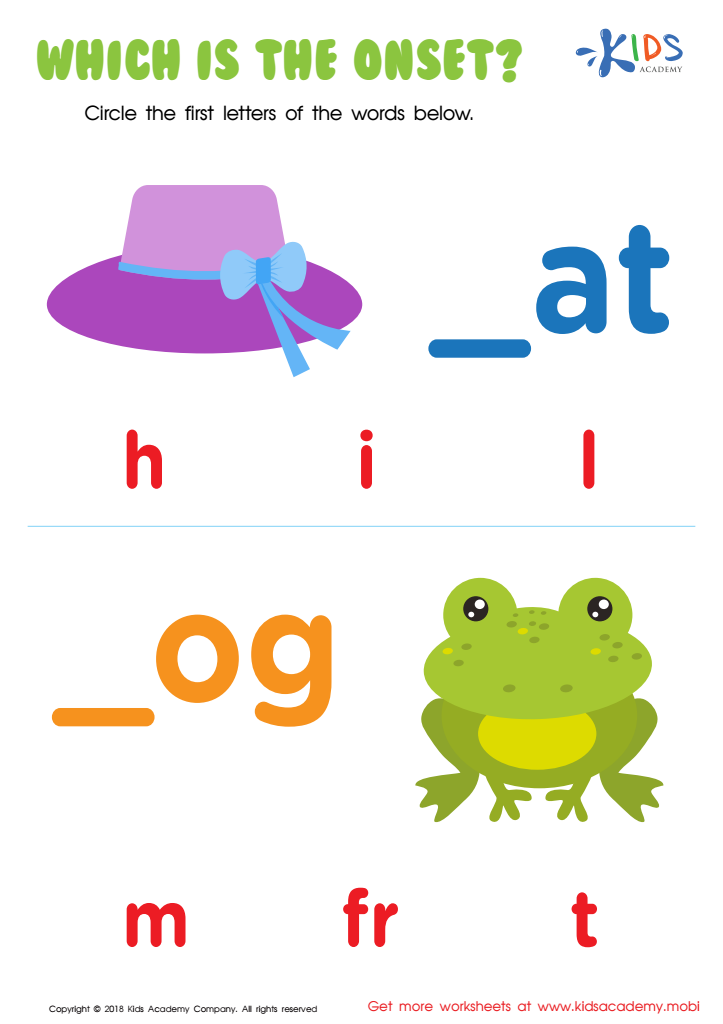

Which Is the Onset? Worksheet
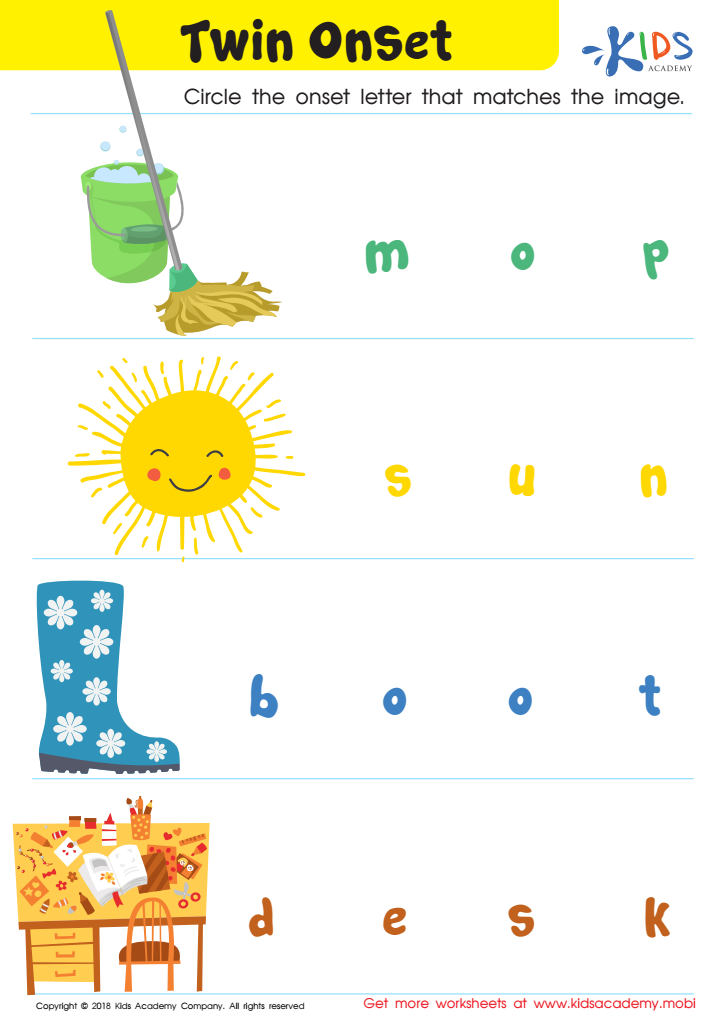

Twin Onset Worksheet
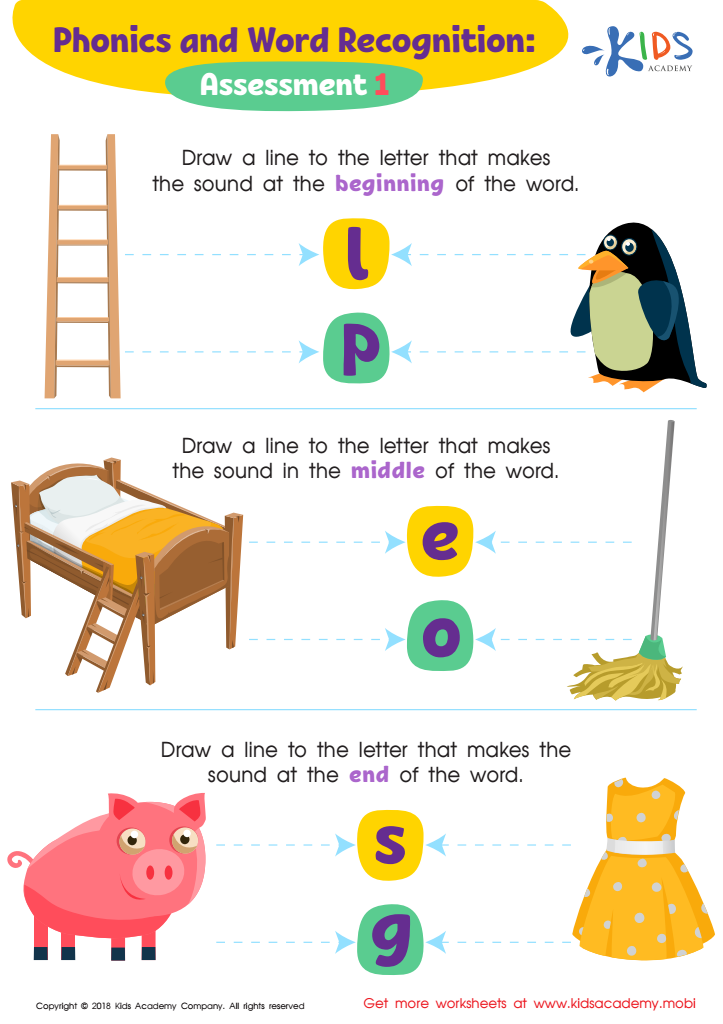

Phonics and Word Recognition: Assessment 1 ELA Worksheet
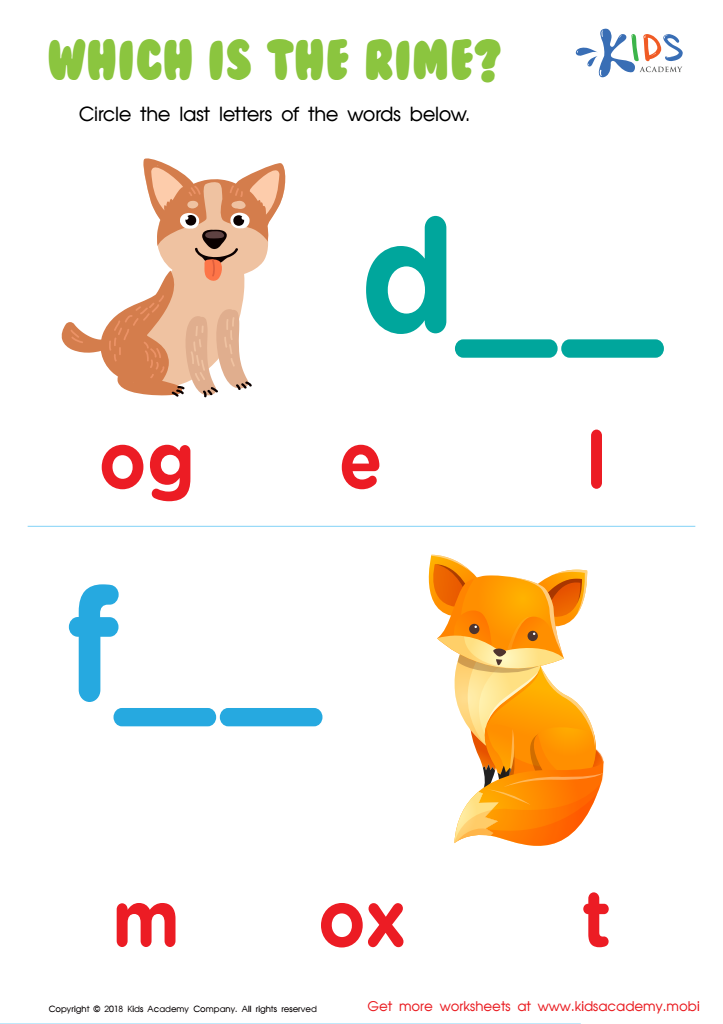

Which Is the Rime? Worksheet
Ending sounds play a crucial role in a child’s literacy development, especially for ages 5-8, as they are foundational elements in phonemic awareness. Understanding ending sounds enhances a child's ability to decode words, which is essential for reading fluency. When children recognize the final sounds in words, they develop stronger phonetic skills that aid in spelling, pronunciation, and word recognition.
For teachers and parents, focusing on ending sounds can make learning more engaging and effective. It helps children improve their reading comprehension and spelling accuracy, as identifying these sounds allows them to grasp word families and rhyming schemes. Building proficiency in ending sounds also fosters confidence in children as they begin to connect sounds to letters, facilitating their overall language development.
Moreover, activities centered around ending sounds can be fun, transforming learning into play. Parents and teachers can create engaging games, tongue twisters, and storytelling exercises that integrate ending sounds, making the process enjoyable. By emphasizing ending sounds, adults empower children to develop critical literacy skills that will benefit them throughout their academic journey and beyond, helping them become lifelong learners and effective communicators.
 Assign to My Students
Assign to My Students






